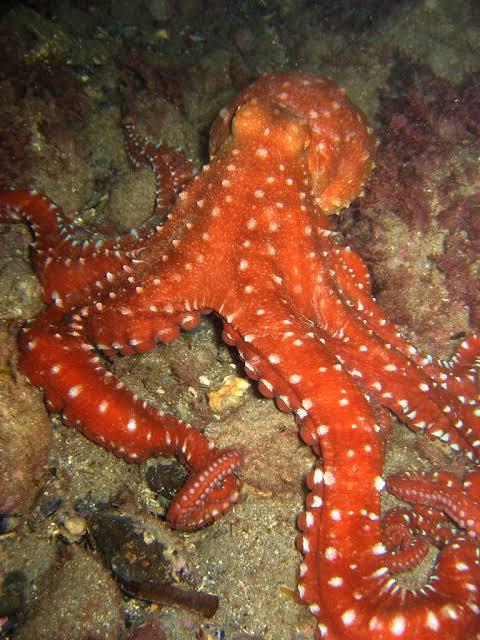MEET THE CAR THAT BROKE SOUND BARRIER
Thrust SSC or Thrust supersonic car is a British jet car developed by Richard Noble, Glynne Bowsher, Ron Ayers, and Jeremy Bliss with an engine which comprises of two Rolls-Royce Spey turbofan:-; initially: Rolls-Royce Spey 202; finally: Rolls-Royce Spey 205 and designed by: Richard Noble, Glynne Bowsher, Ron Ayers, and Jeremy Bliss with an accompanying Curb weight of 10.6 tonnes has a Length of 16.5 m (54 ft) In the class of Land Speed Record vehicle nd a successor called Bloodhound LSR also powered by jet engine
Thrust SSC holds the world land speed record, set on 15 October 1997, when it achieved a speed of 1,228 km/h (763 mph) and became the first land vehicle to officially break the sound barrier.Both Thrust SSC and Thrust2 are displayed at the Coventry Transport Museum in Coventry, England. As part of the Museum's redevelopment project, both cars were relocated by specialist haulier from their position in the Museum's Spirit of Speed Gallery to the new Biffa Award Land Speed Record Gallery which opened in 2015.
The car is 16.5 m (54 ft) long and 3.7 m (12 ft) wide and weighs nearly 10 tons. It had a total thrust of 223 kN (approximately 50,000 pounds force), equivalent to around 102,000 brake horsepower at the measured record speed (calculated using Power = Force x Velocity).
The car was driven by Royal Air Force fighter pilot Wing Commander Andy Green in the Black Rock Desert in the state of Nevada. It was powered by two afterburning Rolls-Royce Spey turbofan engines, as used in the British version of the F-4 Phantom II jet fighter. The twin engines developed a net thrust of 223 kN (50,000 lbf), giving a power output of roughly 102,000 bhp (76 MW) at the measured record speed of 341 metres per second, burning around 18 litres/second (4.0 Imperial gallons/s or 4.8 US gallons/s) of fuel. Transformed into the usual terms for car mileages based on this speed, the fuel consumption was about 4,850 l/100 km (0.06 mpg‑imp; 0.05 mpg‑US). The thermal power released by burning 18 litres/second of aviation fuel is approximately 630 MW which means the vehicle was operating at around 12% efficiency at its record speed, efficiency being the useful working power (76 MW) divided by the thermal power (630 MW).
The record run in October 1997 was preceded by extensive test runs of the vehicle in autumn 1996 and spring 1997 in the Al-Jafr desert (located in Ma'an Governorate) in Jordan, a location unknown before for its capabilities as a test range for high speed land vehicles, with numerous advantages compared to the salt deserts of the Western United States.
After the record was set, the World Motor Sport Council released the following message:
- The World Motor Sport Council homologated the new world land speed records set by the team ThrustSSC of Richard Noble, driver Andy Green, on 15 October 1997 at Black Rock Desert, Nevada (USA). This is the first time in history that a land vehicle has exceeded the speed of sound. The new records are as follows:
- Flying mile 1227.985 km/h (763.035 mph)
- Flying kilometre 1223.657 km/h (760.343 mph)
- In setting the record, the sound barrier was broken in both the north and south runs.
- Paris, 11 November 1997.







Uhn Uhn Thumbs up
ReplyDeleteHow
ReplyDeleteThe car is powered by jet engine ... mainly for jets ... it's meant to make an object fly but it was manufactured to make a car work vertically...that thrust is way too much than that of any series of engine be it W,I or V series
DeleteHow
ReplyDelete🤔🤔
ReplyDelete